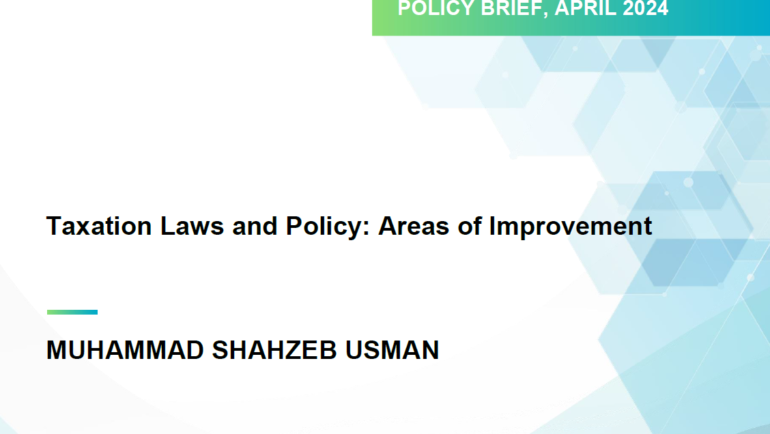Policy Brief 04/09/2025
The 1950 Treaty of Peace and Friendship still shapes India-Nepal relations, but many in
Nepal see it as lopsided. It opened borders, allowed free movement and gave India a say
in Nepal’s defence and foreign policy. Over time, this built deep dependence and left
Kathmandu open to pressure. The trade blockades of 1989 and 2015 left lasting
memories of empty shelves and hardship. Many in Nepal still feel the treaty keeps their
country too tied to India, so the call to revise or replace it has never gone away. This push
for balance now shapes much of Nepal’s debate on foreign policy. China’s growing
presence in Nepal has given Kathmandu other options. Under the Belt and Road Initiative,
new roads, hydropower projects and the proposed Trans-Himalayan Railway are slowly
changing its connectivity map. These links promise to ease reliance on India, though they
bring new worries in Delhi about losing influence. For Nepal, China offers a way to
diversify without abandoning old ties, a delicate balancing act in a region shaped by rival
powers. Nepal’s main goal is to gain genuine independence in its dealings. Many in
Kathmandu believe the 1950 treaty has to be revisited if ties with India are to be balanced.
At the same time, leaning too heavily on China could just create a new kind of reliance.
Only by keeping both relationships in check can Nepal move past old mistrust and build
trust based on respect. Pakistan, watching from the side-lines, sees lessons here. Nepal’s
experience shows how unequal deals can leave smaller countries exposed. Building a
fairer partnership with India could bring more stability to the region and make room for
cooperation grounded in trust, not force.

